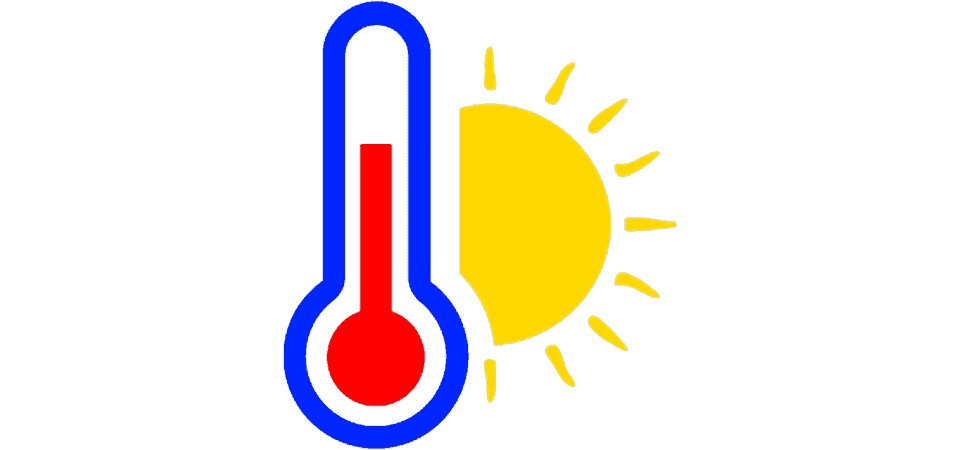It’s not only light that tells our biological clocks it’s time for bed — temperature plays a role, too.

Researchers from the University of Michigan report that even mild changes in ambient temperature can influence sleep-wake cycles. The neurons that regulate the body’s circadian clock use thermoreceptors to keep tabs on temperatures outside the body, and use the readings to determine when it’s time for a nap.
The findings help flesh out our understanding of how the mammalian brain regulates wake-sleep cycles; previously, only the influence of light on the circadian rhythm was known.
Chill down, nap on
“Decades of work from recent Nobel Prize winners and many other labs have have actually worked out the details of how light is able to adjust the clock, but the details of how temperature was able to adjust the circadian clock were not well understood,” said Swathi Yadlapalli, first author of the study.
“Going forward, we can ask questions of how these two stimuli are processed and integrated into the clock system, and how this has effects on our sleep behavior and other physiological processes.”
The circadian rhythm, also sometimes referred to as the circadian clock, is a biochemical mechanism that allows living organisms to sync their sleep-wake cycle to the 24-hour cycle of a day. Essentially, it’s our daily rhythm. One of the key factors influencing the workings of this rhythm, perhaps unsurprisingly, are levels of ambient light.
However, temperature also seems to play a big part. Together with Chang Jiang, a postdoctoral researcher at the U-M Department of Mechanical Engineering, Yadlapalli developed an optical imaging and temperature control system. Using it, the duo looked into the neural activity in the circadian clock of fruit flies (Drosophila melanogaster) while they were exposed to heat and cold. Fruit flies were used for the study because the neurons that govern their circadian clocks are strikingly similar to those in humans.
The team reports that colder temperatures excite sleep-promoting neurons, a process which ties external temperature to sleep cycles. Finding such a process in fruit flies suggests these neurons could have similar functionality in humans.
“It looks like clock neurons are able to get the temperature information from external thermoreceptors, and that information is being used to time sleep in the fly in a way that’s fundamentally the same as it is in humans,” Shafer said.
“It’s precisely what happens to sleep in mammals when internal temperature drops.”
Shafer adds that the circadian system creates a daily rhythm in temperature which is an important cue for when nap time comes around. So, while you may think our bodies run at a steady 37°C (98.6°F), “in fact, it’s fluctuating.” As the clock ticks nearer to wakefulness, our circadian system warms the body up. When it’s close to bedtime, it lowers our internal temperature. This effect is independent of the temperature of the room you’re sleeping in.
The paper “Circadian clock neurons constantly monitor environmental temperature to set sleep timing” has been published in the journal Nature.


